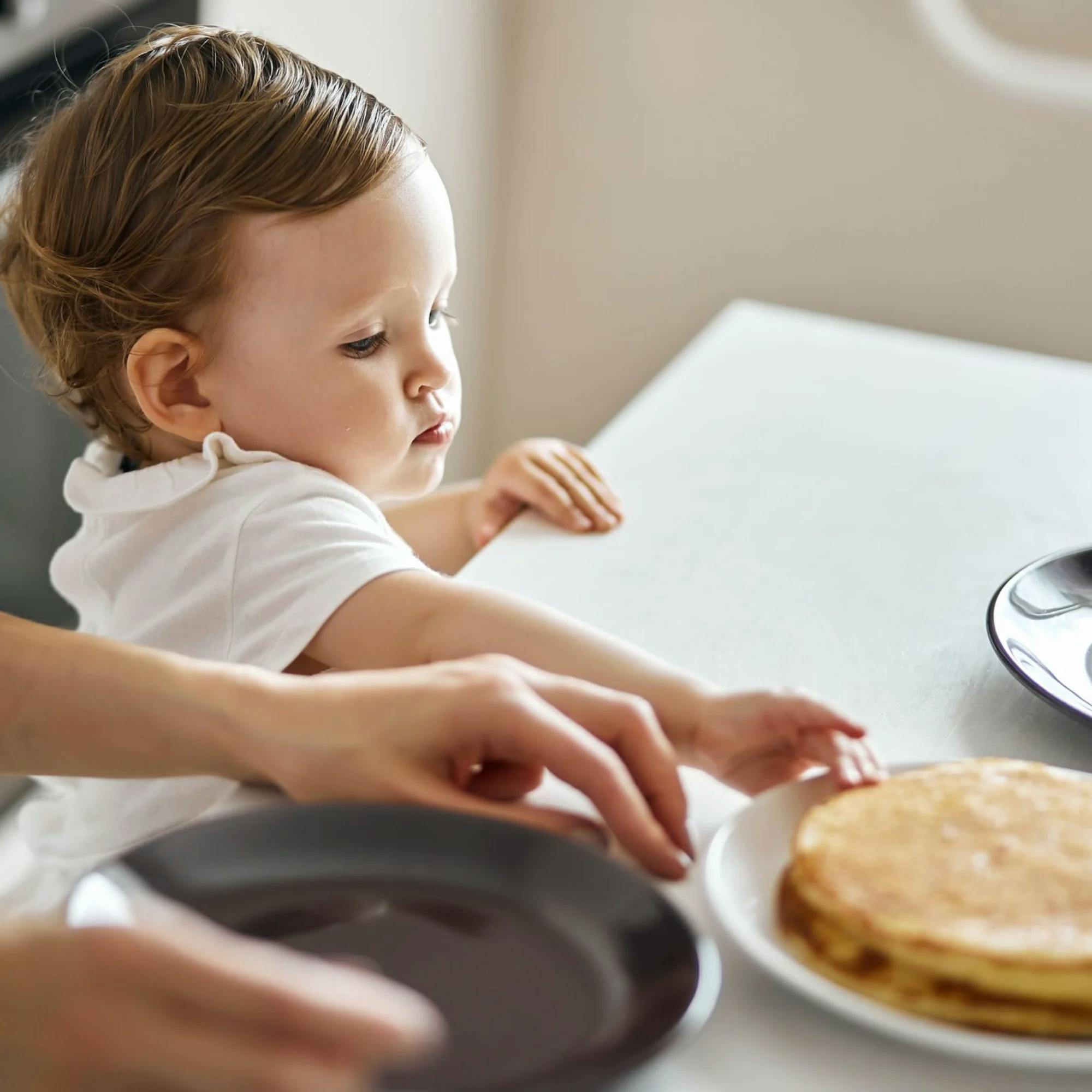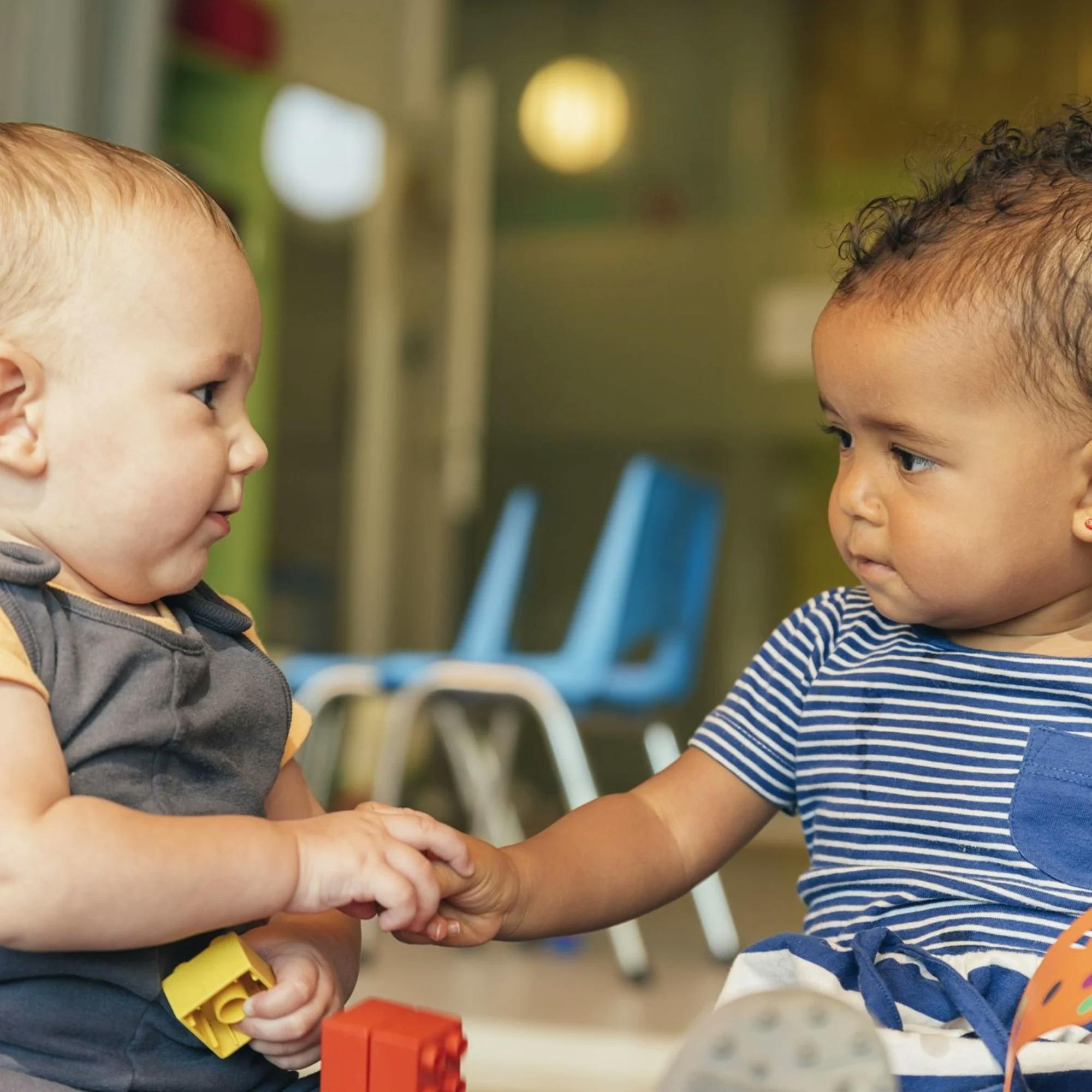
Is Baby Talk Helpful or Harmful for Your Child?
 Alexis Irazoque, M.S., CCC-SLP
Alexis Irazoque, M.S., CCC-SLP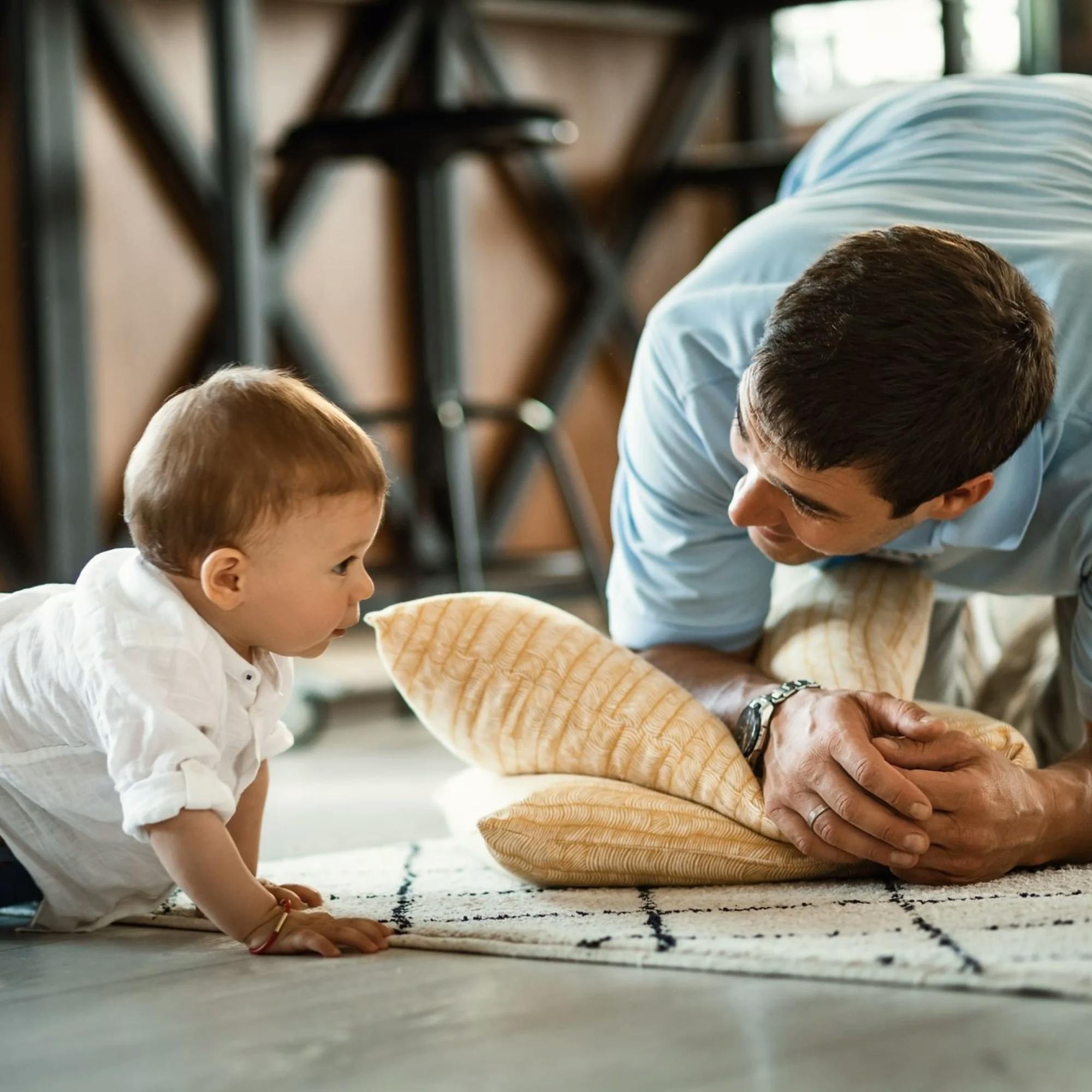
Does baby talk help your toddler's growing language skills? Or can it actually hurt them?
Depending on who you ask, this simple question can inspire strong opinions and heated debate.
Some parents and caregivers are opposed to the concept of baby talk. Instead, they say you should use adult language when interacting with toddlers. After all, babies learn language by imitating those around them. It’s fair to assume that by providing a correct model, babies are more likely to imitate and eventually use correct language.
Others have a different opinion. They argue that speaking in baby talk is helpful, given that toddlers are more responsive to higher pitched voices and nonverbal babbling.
So, what’s the right answer?
As a speech-language pathologist with years of experience working with early language learners, I can say: The truth is, they’re both not entirely right or wrong. It’s a bit more nuanced. Let’s break it down!


First things first: What is baby talk?
Ever notice that your voice instinctually changes when speaking with a baby? You might use babbling, or say nonsensical words, or change the tone of your voice. That’s essentially the definition of baby talk.
Baby talk can sound like “Eat your nanners" (bananas) or “Put your shoesie on your wittle toesies."
While baby talk is a powerful way to get a child’s attention, there’s no real functional language being used. And though it might encourage your child to imitate you, ultimately we don’t want children to learn and repeat incorrect grammar or silly words.
However, this doesn't mean I recommend speaking with your child strictly like an adult. Infants definitely do not understand full sentences, and they often respond better to increased intonation and exaggerated faces.
The answer lies somewhere in the middle. This is called parentese.


What is parentese?
Parentese, which you may also hear called "motherese" or "infant-directed speech," is grammatically correct speech that uses the exaggerated tones and animated faces of baby talk. However, it avoids substituting actual words for silly sounds, incorrect grammar, and duplication.
With parentese, you’re still using proper speech and words, but you're changing the tone and melody of your voice. For example, with parentese you’d say “bottle” instead of “baba,” or “train” instead of “choo-choo.” If you’re referring to the train, you’re still encouraged to use sounds like “beep beep,” “vroom,” or “choo choo.” However, you use the actual word when naming the object.
Some characteristics of parentese include:
Speaking in a higher pitch
Elongating your vowels
Speaking slowly and clearly
Exaggerating your facial expressions
Using a variety of engaging voice inflections.
Check out this quick (and adorable) video showing parentese in action!

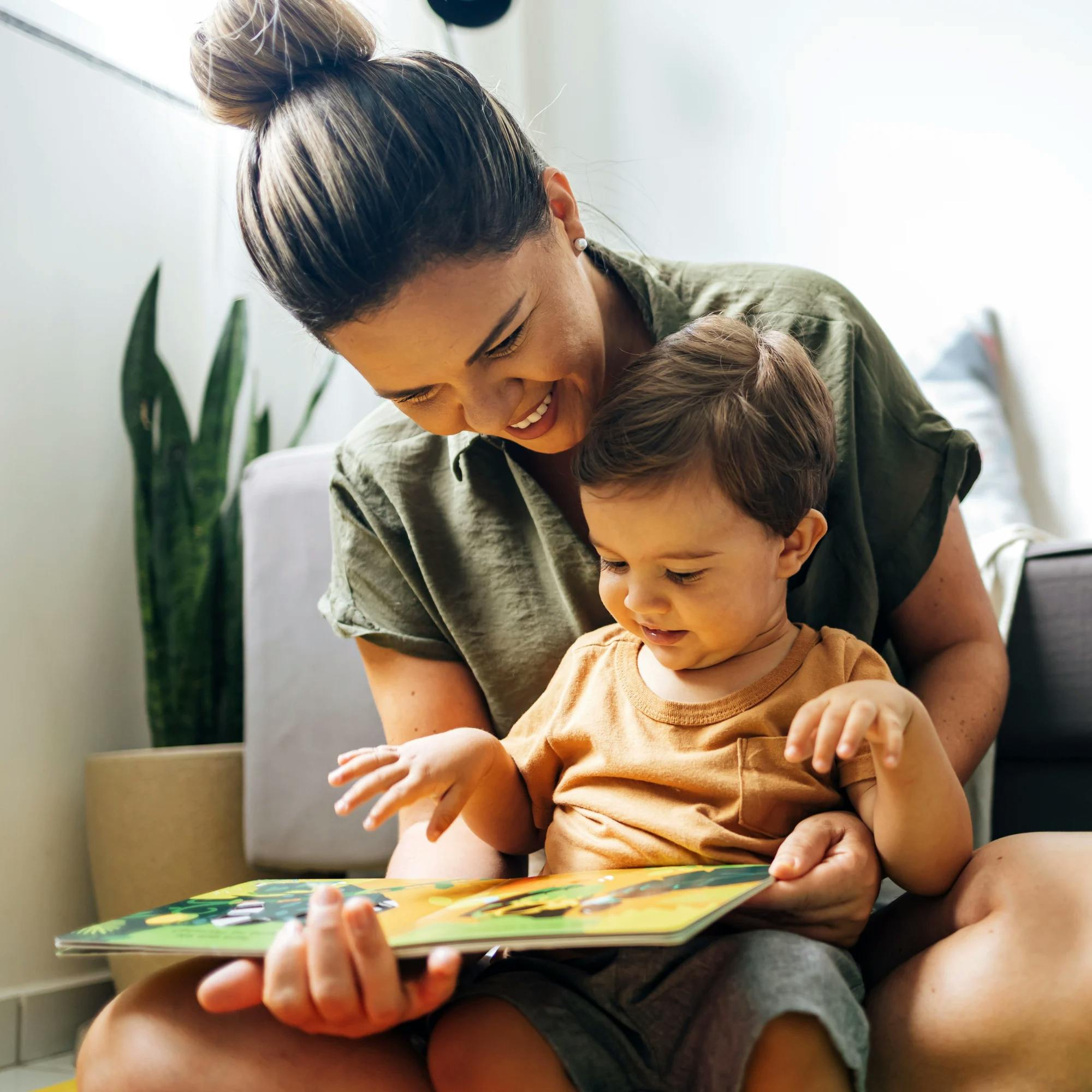
How parentese helps promote early language development
For some parents and caregivers, parentese comes naturally. Others understandably ask: “Why would I talk to my baby when they can’t talk back to me yet?” And that is a fair question.
However, it’s important to remember that babies begin acquiring language from the moment they're born--long before they’ve spoken their first word.
From 0 to 3 months: Babies start to cry, coo and smile
From 3 to 6 months: Babies begin to laugh. They vary their crying sounds to reflect their wants and respond to different voices
From 6 to 9 months: You can anticipate that your baby will begin babbling, saying things like “mamama” and “bababa” as they imitate vocalizing
Between 9 to 12 months: Babies will begin to shake their head "no," wave "bye," and increase their vocal imitation of sounds and words. Their first words, such as “mama” and “dada,” will typically begin to emerge
By 18 to 24 months: Children will typically be using 50 words!
During this stage of development, children are rapidly growing their language skills. And the more language that a child hears, the more language they’ll begin to understand and start using themselves. That’s why it’s so important to consistently speak with your baby!


In a 2019 study from the University of Washington, researchers looked into how parentese could improve infant language development. The study included 77 parents and their infants, and they were placed into either a control group or a group that received parentese coaching sessions.
The coaching group learned techniques that included back-and-forth interactions, infant-directed speech, and best practices on how to utilize parentese. Progress was tracked 6, 10, and 14 months of age.
Speaking parentese not only improves language acquisition, but can help you and your child establish a loving bond.
In summary, the study found that babies in the intervention group that received more language input from parents using parentese demonstrated increased use of babbling vs. the control group. Most notably, these children also began using significantly more words at 14 months.
Speaking parentese not only improves language acquisition, but can help you and your child establish a loving bond and even help soothe big emotions if your child is upset or frustrated.

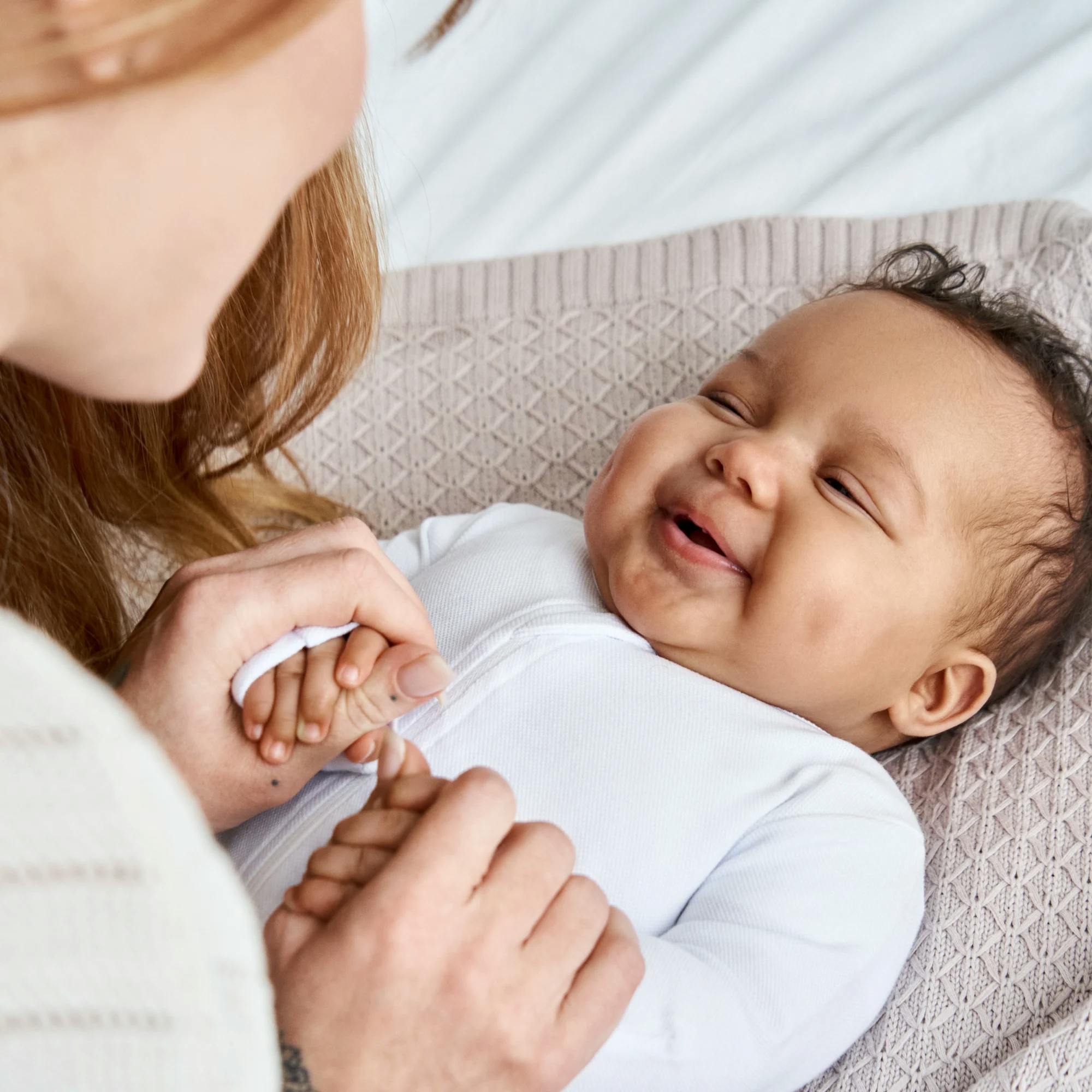
How to use parentese with your baby
First and foremost, you’re going to have to tap into a bit of your silly side. While it’s not recommended you use parentese with your boss, it’s absolutely encouraged to use parentese with the boss of your household, your baby!
Sure, this may feel a bit strange or awkward at times. But remember, the more language you provide to your child throughout the day, the more language they will pick up and eventually use themselves. You are your baby’s first teacher. And the language they hear in their first several years will predominantly come from you.
Here are some easy ways to incorporate parentese into your everyday routine:
1 Narrate your life
Describe everything you do with your baby using simple, short sentences and phrases. Imagine that your baby is in their own movie, and your job is to narrate that movie. Frequently describe what's in your environment and talk about what you’re doing.
For instance, let’s say you’re getting your baby ready for a bath. You might say:
“It’s time for your bath!”
“I’m turning on the water.”
“It’s time to sit in your tub.”
“Ready--sit down!”
“The water is warm.”
“Oh, you splashed the water! Splashing is so fun!”


2 Speak slowly
Even if your baby is not responsive to your speech, we want to make sure they pick up and absorb everything you’re saying. Don’t forget to speak slowly and use a voice inflection that will keep your baby interested.
3 Pause and react
Take pauses and react to the amazing sounds of your baby. This wait time gives your baby enough time to hear, absorb, and process what you said (and hopefully formulate their own response). It also teaches them the natural back and forth of conversation. They say a sound, you repeat that sound, and so on.


4 Use real words
As mentioned before, with parentese you want to avoid substituting real words for incorrect ones. Say “bottle” instead of “baba,” and “cup” instead of “sip sip.” Even though you’re speaking in an exaggerated manner, you still want to give your infant a good model of the language they'll eventually start to use themselves!
5 Face your baby
Your baby isn’t just listening to you; they're watching you as well. When speaking with your baby, make sure to have face-to-face contact. This way, your baby will see how your mouth moves and begin to understand how to imitate those same sounds.
You’ll start to notice that your infant will turn to look at the face that matches the sounds they hear. How exciting!
Quick demo: How to read a book to your child like a speech therapist
Watch here6 Exaggerate your facial expressions and voice inflections
The more you can establish and hold your baby’s attention, the better. So have fun! Make silly faces, use a high-pitched voice, and see what your baby responds to best. Reading books is a great opportunity to do this.
Language skills in infancy tend to predict language development later in life. Engaging your baby in parentese promotes their early language skills, can decrease your toddler’s frustration, and eventually lead to successful literacy skills, like reading and writing.
Just as importantly, parentese also teaches kids concepts like turn taking, social communication, eye contact, and the natural back and forth exchange of conversation.
These simple, everyday techniques promote and encourage a baby’s first verbal responses. Your baby’s initial cooing sounds will eventually lead to babbling and the emergence of their first words. The steps you take in your child’s infancy are the essential building blocks needed to help them learn the art of human communication.
How Expressable Can Help
Concerned your child isn't reaching age-expected milestones? Looking for communication support from a professional? Expressable is a national online speech therapy practice serving children and adults. We treat all major areas of communication and feeding, offer flexible hours including evenings and weekends, and accept most major health insurance plans. We’re proud to have earned more than 3,000 5-star reviews from our clients (4.9/5 average).
Our therapy model is centered on parent and caregiver involvement. Research proves that empowering caregivers to participate in their loved one’s therapy leads to better outcomes. That’s why we combine live, 1-on-1 speech therapy with personalized education and home practice activities for faster progress.
Communication is more than words. It’s how we share how we feel and show who we are. We’re here to help you or your child do just that.









